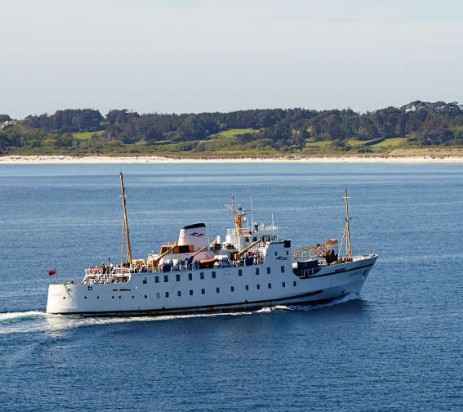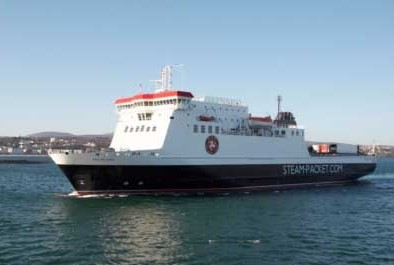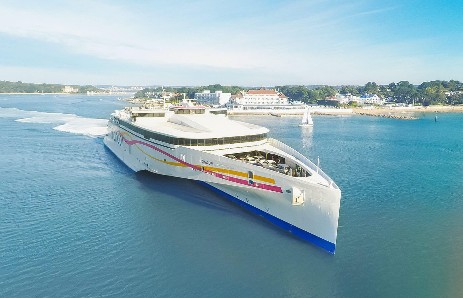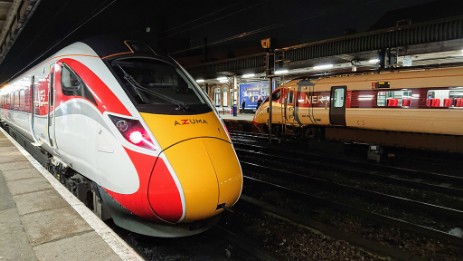
Travelling by Rail
The most popular form of public transport for most walkers is rail - able to take you both to the nearby open space and the landscapes at the other end of the country. Travelling by train also offers the possiblity of linear walks between stations - getting off at one station and walking to another along the line, without worrying about picking up your car afterwards.
Rail travel in Britain is undergoing a massive transformation, with many brand new fleets such as LNER's new Azumas providing a seachange in the passenger experience.
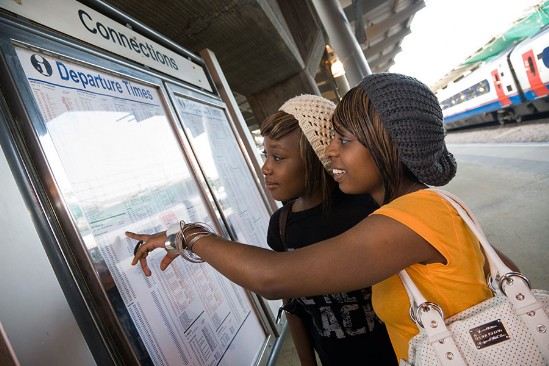
There are two different types of train operators in Britain...
- Franchised operators
- Open Access operators
If you have an Open Access operator on the route you want to travel on, then usually they will be cheaper than the Franchised operator - but they will only run a fraction of the services the main franchised operator will run.
For those travelling long distances, worthy of note here are the two Sleeper services still running in Britain - the Caledonian Sleeper - between Scotland and London - and the Night Riviera - between Cornwall and London. Both offer great comfort and the special feeling of waking up in a completely different place - ready to go walking. The Caledonian Sleeper has just had a completely new fleet of coaches, and is well worth a journey.
Travelling by Bus
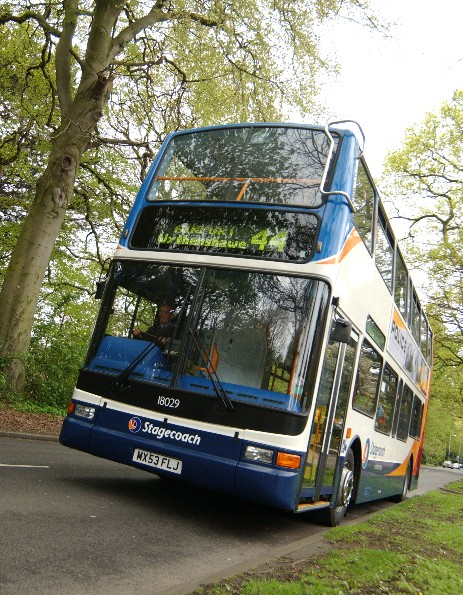
- Group Tickets
Many operators now have special discount fares for groups - for example Stagecoach Yorkshire has a Five travel for a Fiver ticket, where between 2-5 people can travel on Saturdays, Sundays and Bank Holidays for £5 all day on any Stagecoach bus in South and West Yorkshire and within the Chesterfield megarider Plus zone - perfect for a day out walking.
- Family Tickets
Many operators also now have special fares for families - or a group who travel together like a family - again, for example Stagecoach Yorkshire has a Family Explorer ticket, where a group of up to 2 adults and 3 children can have unlimited travel on all Stagecoach buses within South and West Yorkshire, Derbyshire, Nottinghamshire, Gainsborough and the Sheffield Supertram for £11.50.

- When using any public transport to go out walking, make sure you know when the last service is - and aim to get on the one before. That way, if you don't make it, there's always the one after you can catch.

Travelling by Trams / Light Rail / Tube
London | |
Glasgow | |
Tyne & Wear | |
East London | |
Greater Manchester | |
Sheffield | |
West Midlands | |
South London | |
Nottingham | |
Blackpool | |
Edinburgh |
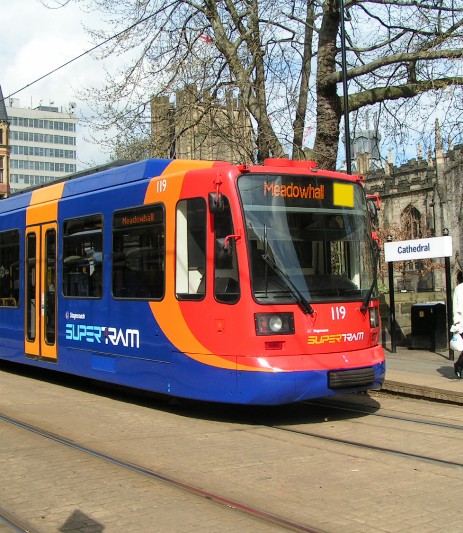
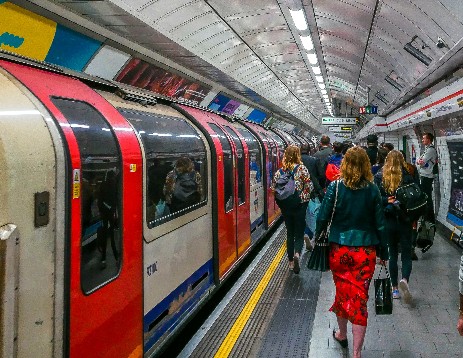
Some networks are obviously more comprehensive than others - the Glasgow Subway, for instance, is only one line with 15 stations - as opposed to the London Underground with 11 lines and 270 stations - but there's some brilliant urban walking between stations on the Glasgow system.
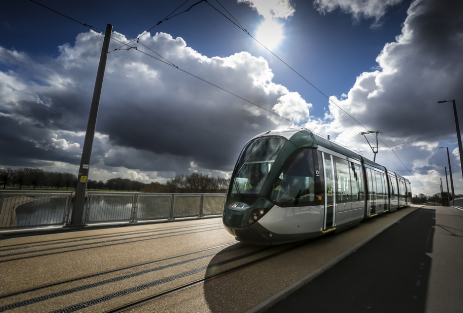
Travelling by Coach
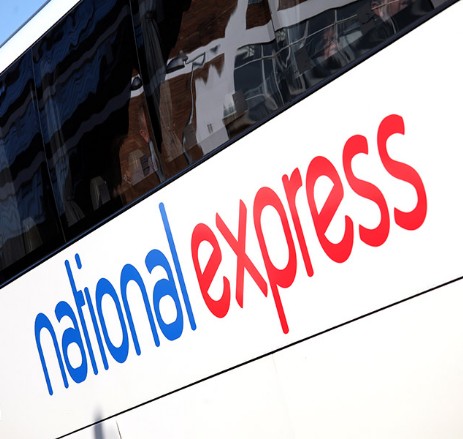
- Senior Coachcard - For those 60 years or over, also allows special Tuesday offers.
- Young Persons Coachcard - For those who are between 16 and 26 years old.
- Disabled Coachcard - For anyone who is registered as disabled.
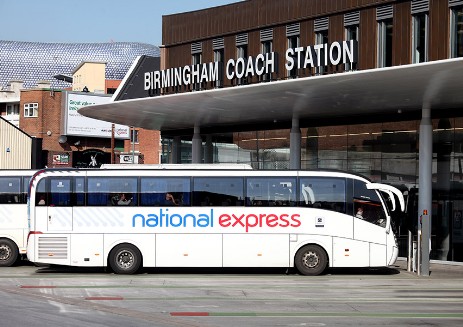
- Book online as early as you can
- Being more flexible with your dates and times often gets the best fares
- Avoid travelling at peak times
- The price you first see is a "From" price for a Restricted ticket - this doesn't allow any any refunds or any changes to your travel plans, so make sure it suits your needs.
- There's a £1 booking fee to add onto the ticket prices
- Reserving a seat costs £2 per person per journey
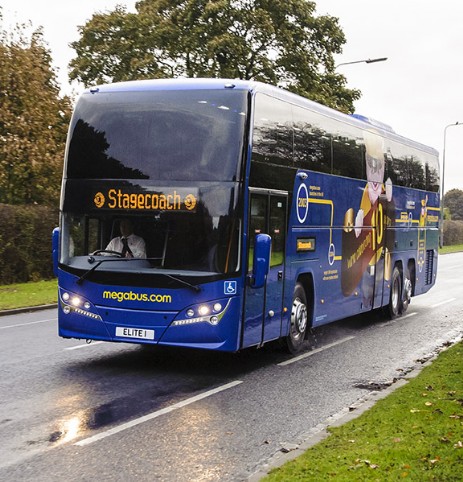
Sheffield to London | National Express | Megabus |
Cost (sample) | £17.90 | £15.98 |
Journey time | 4 hours 20 minutes | 2 hours 10 minutes |
Journey type | Direct | Train from Sheffield |
- Book online as early as you can
- Use a TOTUM/NUS Extra card if you are lucky enough to have one
- Use Tesco Clubcard tokens as payment/part payment for your journey
Things to note
- Seat reservations cost £1 per person per journey - and only apply to the coach part of any journey - not any rail section
- There's a £1 booking fee to add onto the first cost you see
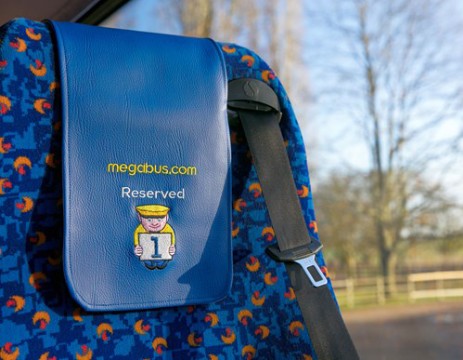
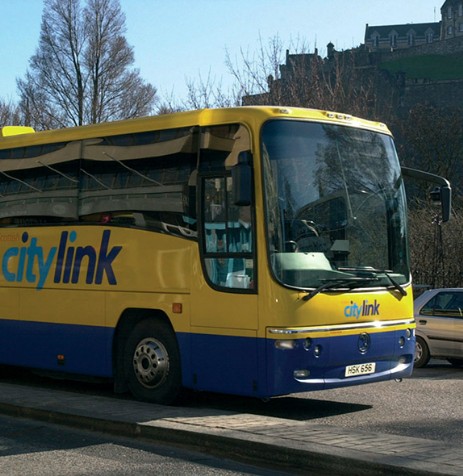
- Students who register with My Citylink save 20% on online bookings.
- Try an Explorer Pass, which offers either 3 days travel in any 5, 5 days travel in any 10 or 8 days travel in any 16 - could be perfect for a walking break in Scotland...
- If you are travelling as a family, look at the Family Day Ticket, which means up to two kids can travel free with one fare paying adult and up to four kids with two fare paying adults
- You pay £1.70 for postage if you don't select an e-ticket
- Many of the discount fares are only available from the website
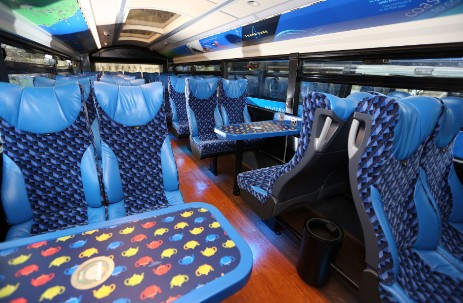
Travelling by Ferry
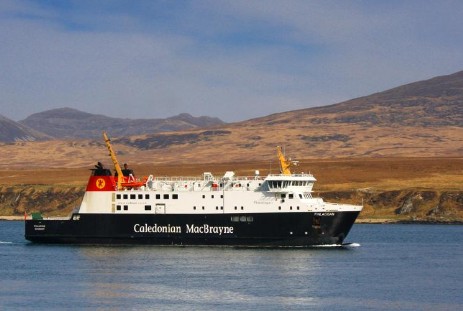
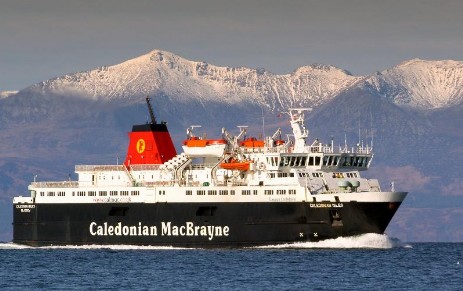
- Try the Five Ferries Island Hopping Adventure around the Clyde Coast and the Cowal and Kintyre Peninsulas.
- The Hopscotch tickets are offered for convenience only and don't offer any discount on the single journey ticket price.
- There are no discounts for the over 60s unless you live on one of the islands covered by the concessionary SPT ferry fares scheme, or live on the Cowal or Rosneath Peninsulas
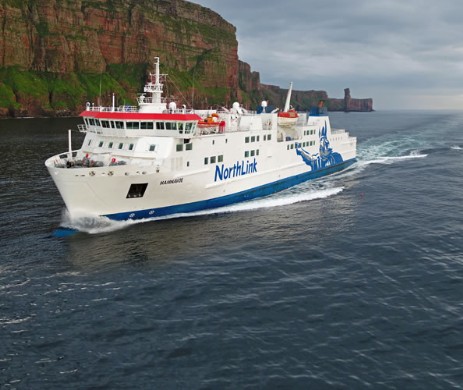
Wightlink claim to be the leading cross-Solent ferry operator, offering 46,000 sailings a year on nine ferries on three routes. You can travel between Portsmouth and Ryde Pier Head in 22 minutes via Wightlink’s FastCat, between Lymington and Yarmouth in around 40 minutes by car ferry and between Portsmouth and Fishbourne in around 45 minutes - again by car ferry.
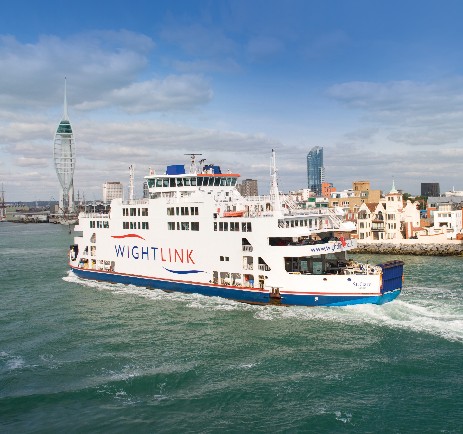
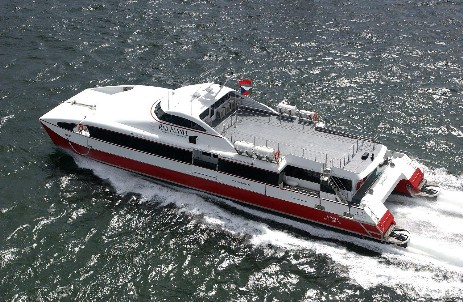
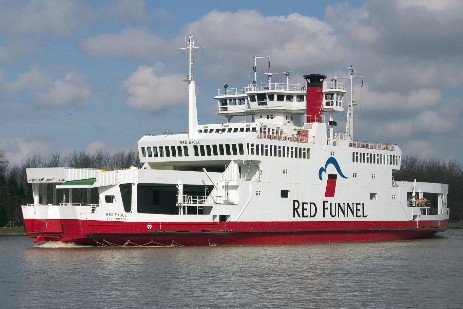
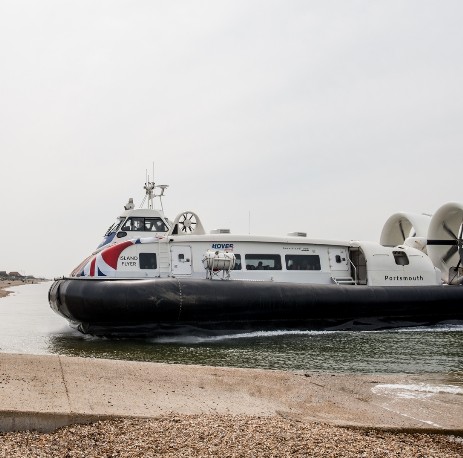
Our Top Tip is to book your Hovertravel journey when you book your train ticket. Hovertravel fares & timetables are integrated into the UK National Rail network, offering through tickets from all UK destinations to and from the Isle Of Wight stations. Just make sure you select "Ryde Hoverport" to be travelling via Hovertravel.
